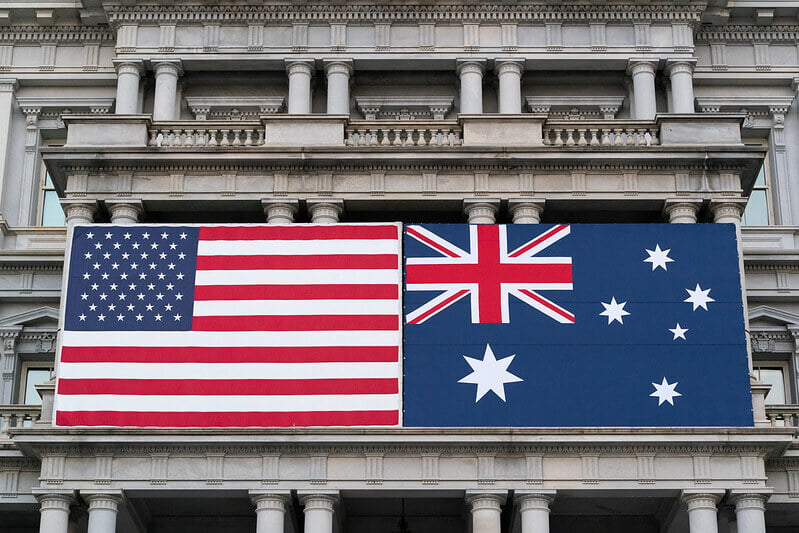Benefits of filing your US and Australian trademarks together
Clients often instruct us to file their trademark in the United States, and because the fees are relatively low and a US trademark provides coverage over a huge market, the benefit of doing so is clear.
We usually advise our Australian clients to file for the Australian trademark first, then apply for the corresponding US trademark shortly thereafter (either via the Madrid Protocol or via direct application to the US). Done this way, whereby the US trademark application is based on the previously filed Australian trademark, the client has two significant advantages over US applicants:
- They do not have to prove actual use to obtain registration (which is otherwise required in the US); and
- The US trademark can enjoy a filing date (of up to six months) of the Australian trademark filing date
Both points are discussed in more detail below.
US trademark application takes Australian filing date
Both Australia and the US are signatories to the Paris Convention which provides that if an Australian applicant files a US trademark application based on a corresponding Australian trademark within 6 months, the US application will be taken to be filed on the Australian trademark’s filing date. Thus, if a client files for an Australian trademark on 16 February 2020, if they file for the same mark in the US on or before 16 August 2020, then the US trademark filing date will be 16 February 2020. The significance is that the US application will be prior in line to later filed US trademark applications (ie. have an earlier priority date) and, if granted, legal rights will run from 16 February 2020.
Statement of Use
US trademarks applications can be filed with no commercial use, however, at the moment of registration, the trademark must generally be in use. There are three filing bases in relation to use in the US, they are “Intent to Use”, “Actual Use” or in connection to a foreign application or registration (for example, an Australian trade mark).
a. Intent to Use – §1(b)
For “Intent to Use” applications is not necessary for the applicant to demonstrate immediately the use of the trademark, but it will need to show usage of the mark within 6 months of receiving a Notice of Allowance from the US Trademark Office (this usually occurs about 10 to 18 months after the filing of the application). Thus, registration does not occur until use is provided.
b. Actual Use- §1(a)
For “Actual Use” application need to show use of the trademark on the goods/services and provide the date the mark was first actually used in business (within the United States or in international commerce between the United States and another country).
To show the usage, a specimen is usually required. The acceptable specimen of use varies based on the goods/services associated with the mark, but could include: a page from a web site, an advertisement, a brochure or a pamphlet which describes the product/service and shows the actual trademark in use with those items. Labels, tags, or packaging are also considered acceptable proof of use for a trademark. USPTO fees for filing a Statement of Use(under 1(d)(1)) are US$100 per class.
c. Foreign Trade Mark- §44(e)
As outlined above, if the US application is filed in connection to a foreign trademark application or registering a trademark, the applicant can avoid the need to show actual use at registration. If the Australian mark is already registered, we then send a certified copy of the trademark registration certificate to the USPTO, otherwise the US application can be put on hold until the Australian trademark certificate issues.
[IMPORTANT NOTE: You can only claim “foreign trademark” use and priority in your US trademark application for those classes you filed in your foreign application. If you wish to add classes to your US trademark application, these additional classes must be filed under an “Actual Use” or “Intent to Use” basis.]
In summary, if filing for a trademark application in the US, it is usually preferable to file the same trademark first in Australia as this will avoid the need to show actual use prior to registration. Additionally, the US trademark’s filing date will be back-dated to the Australian trademark’s filing date.






